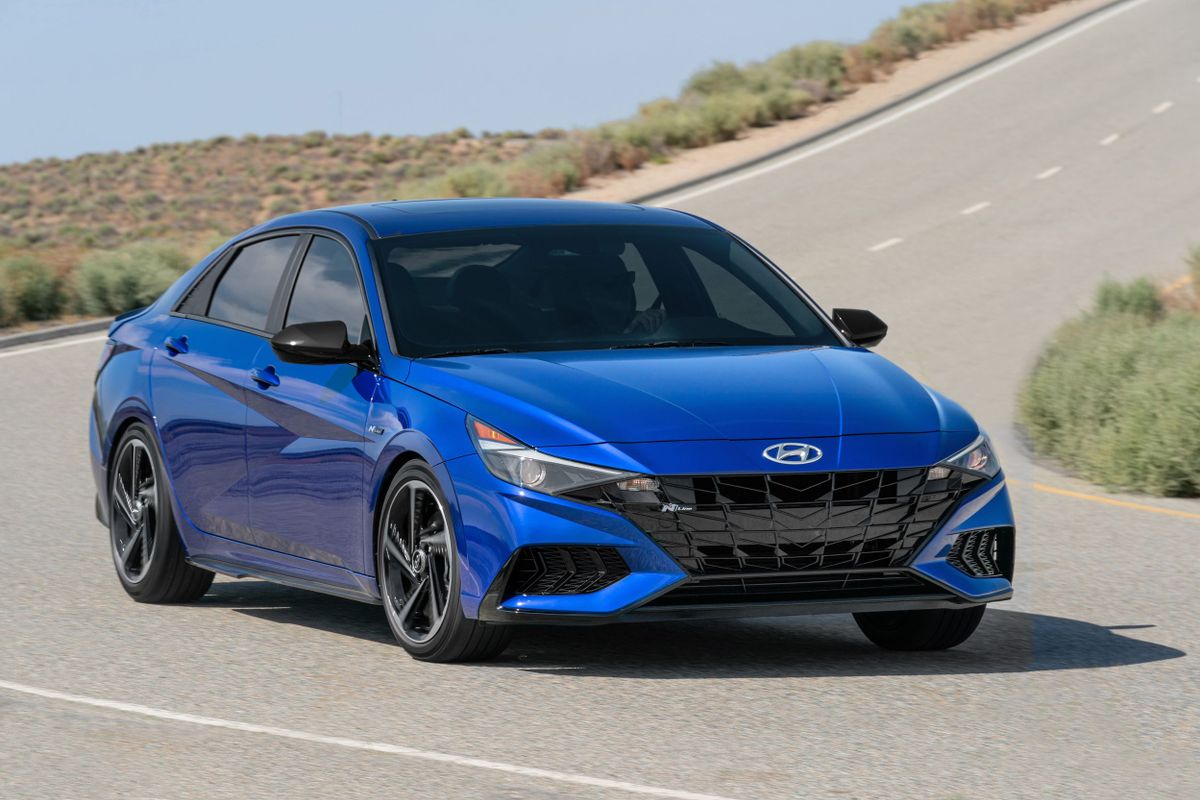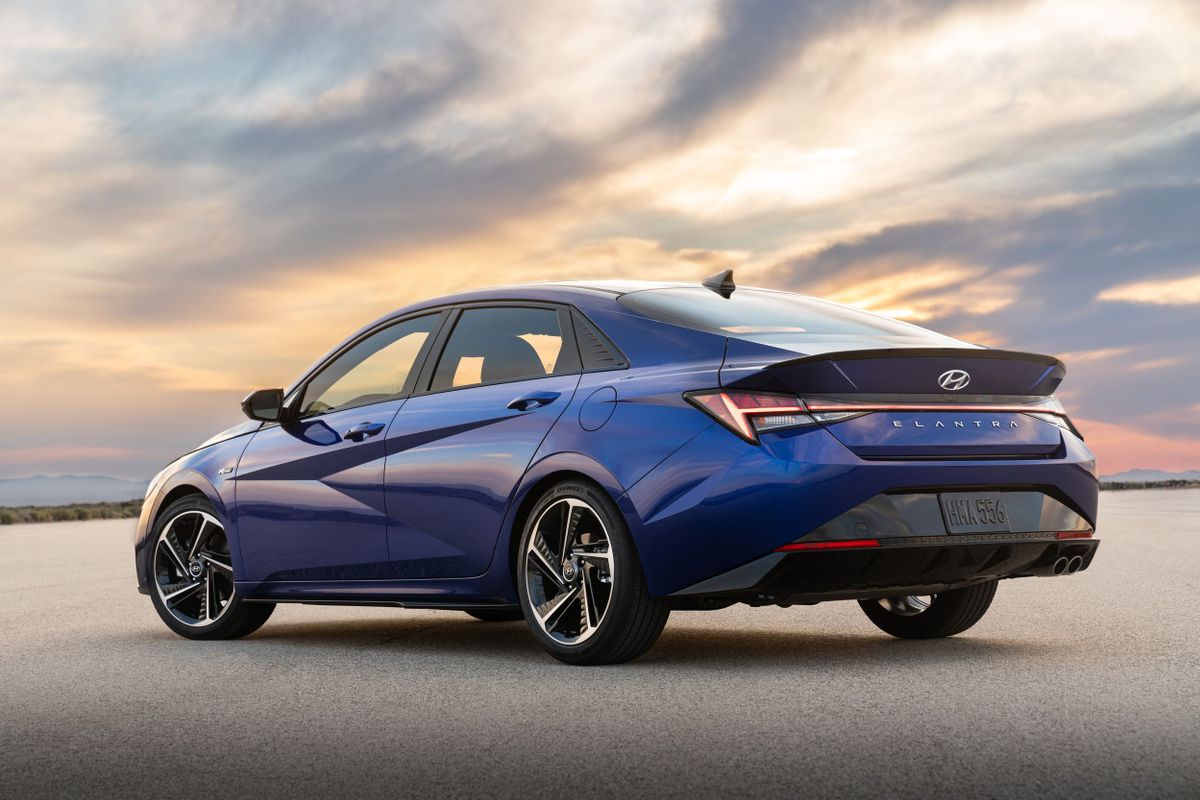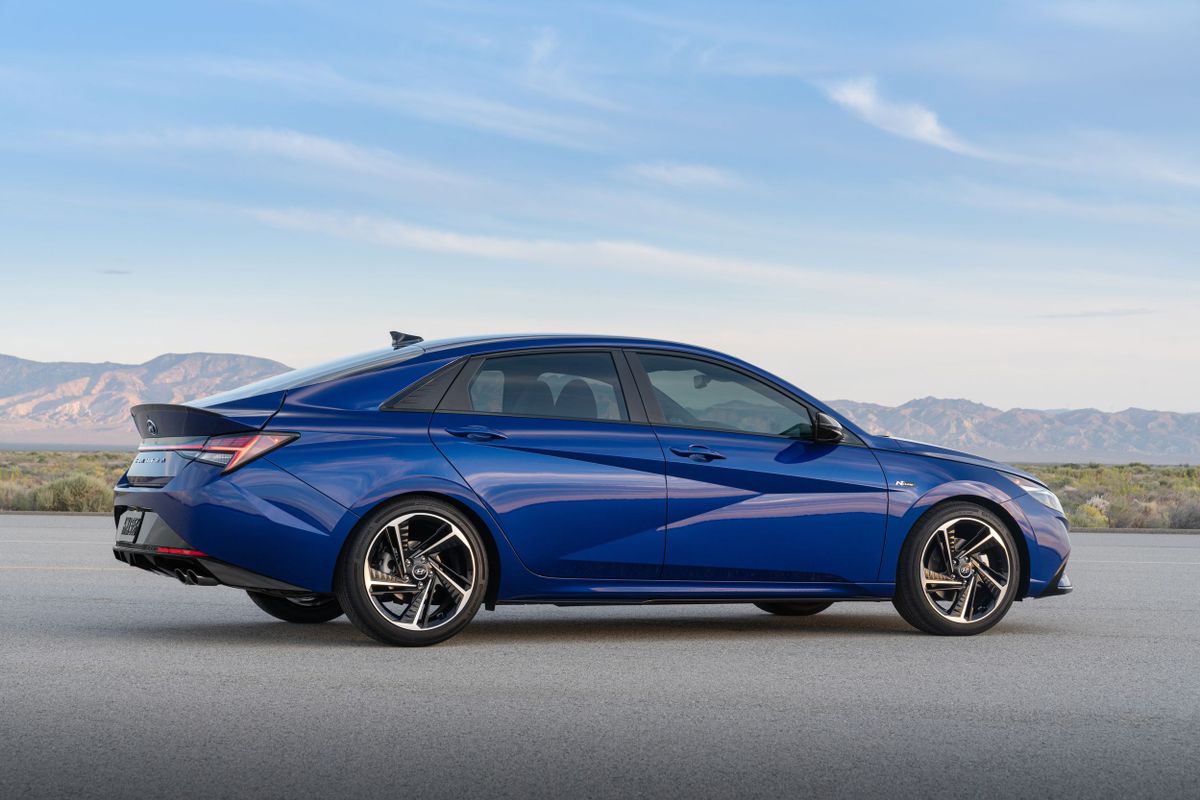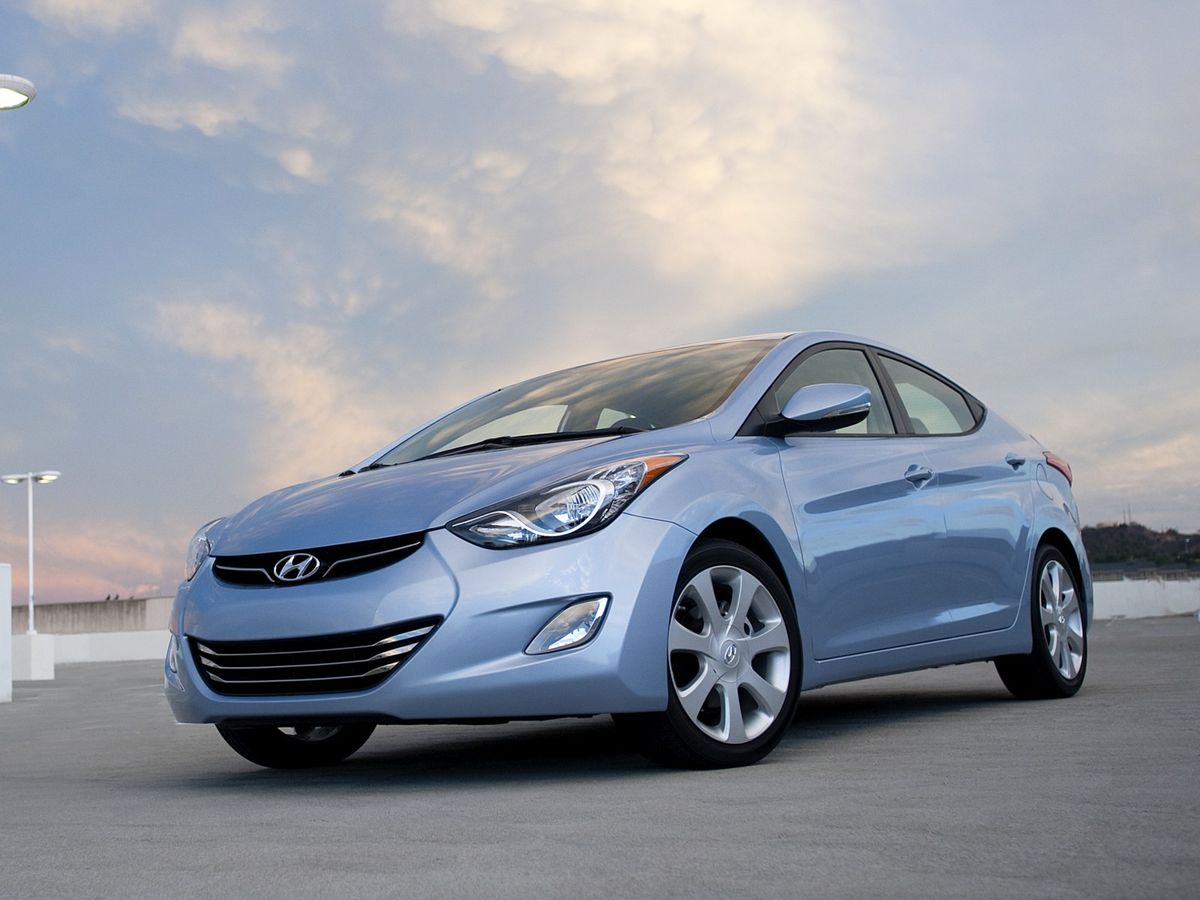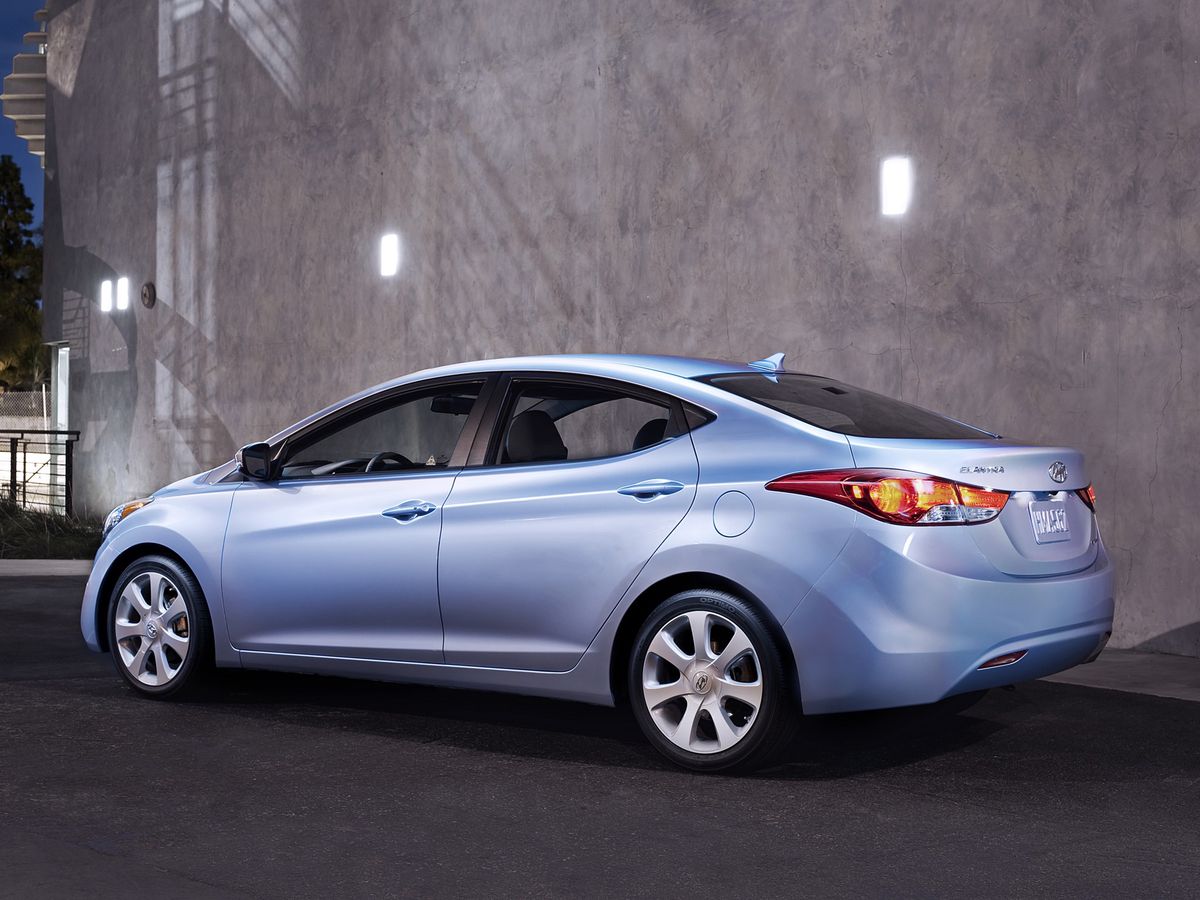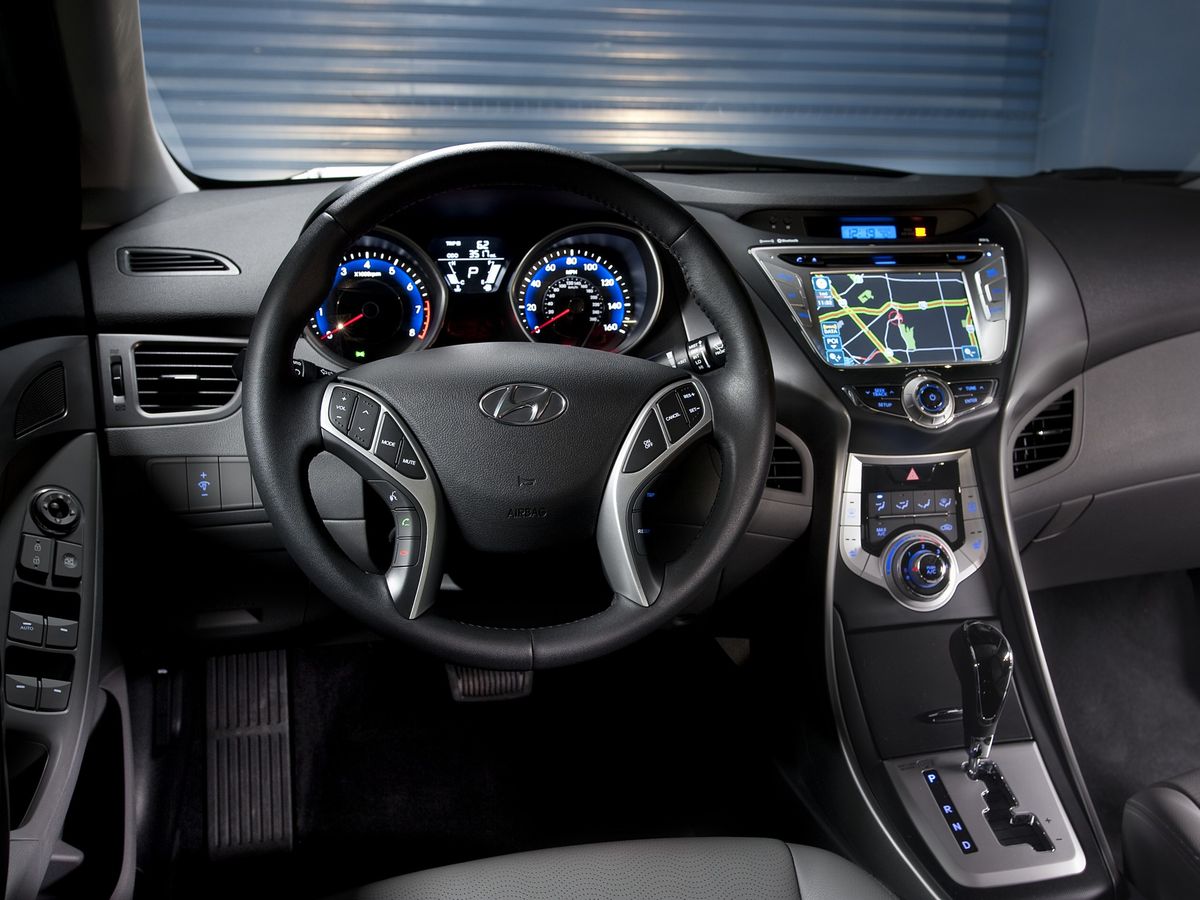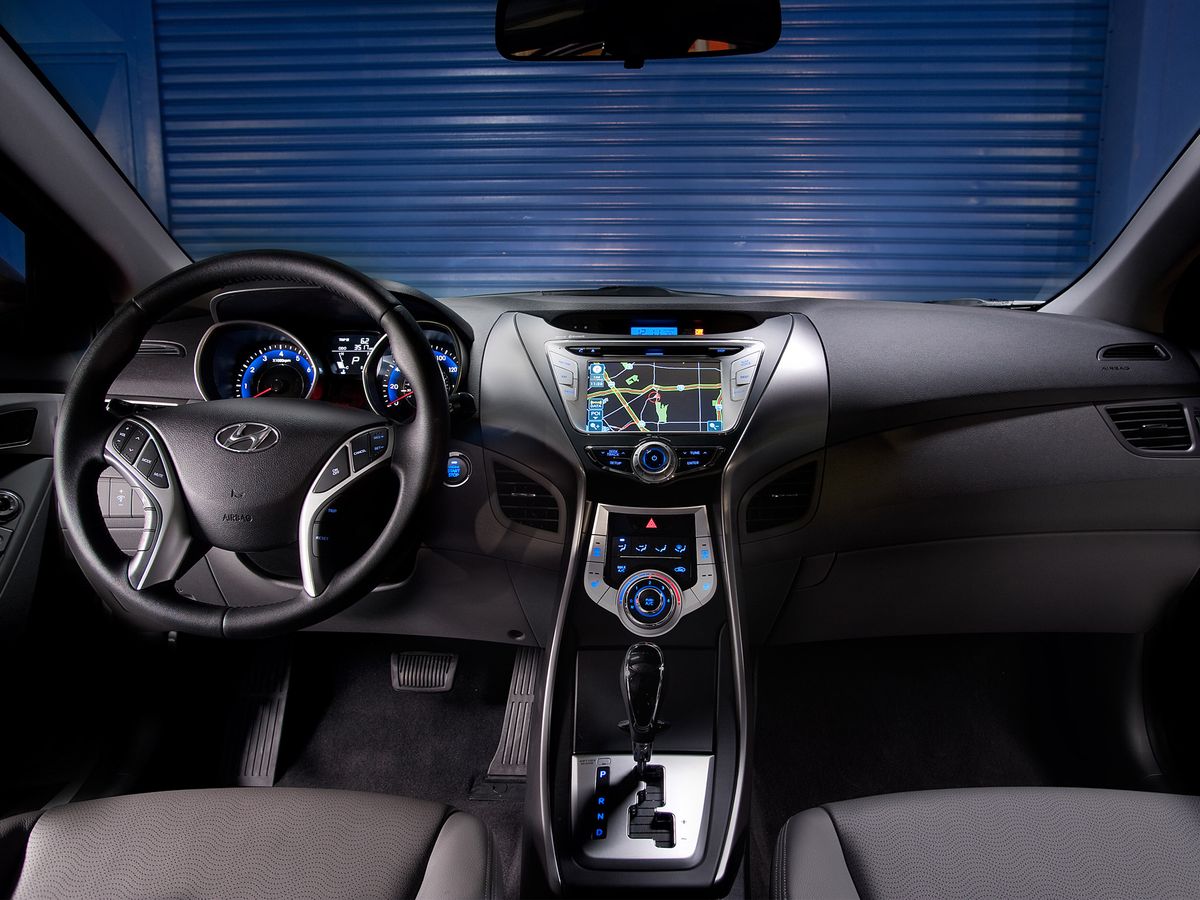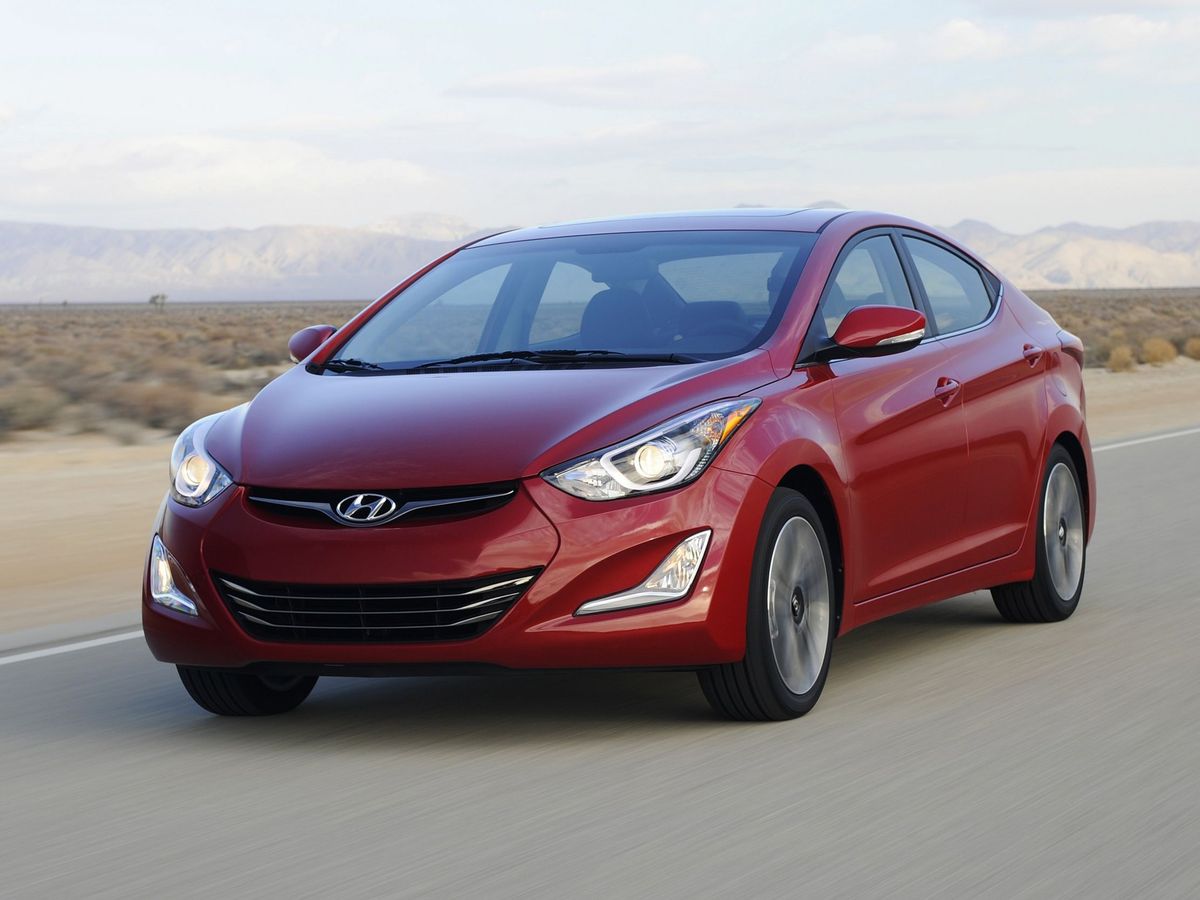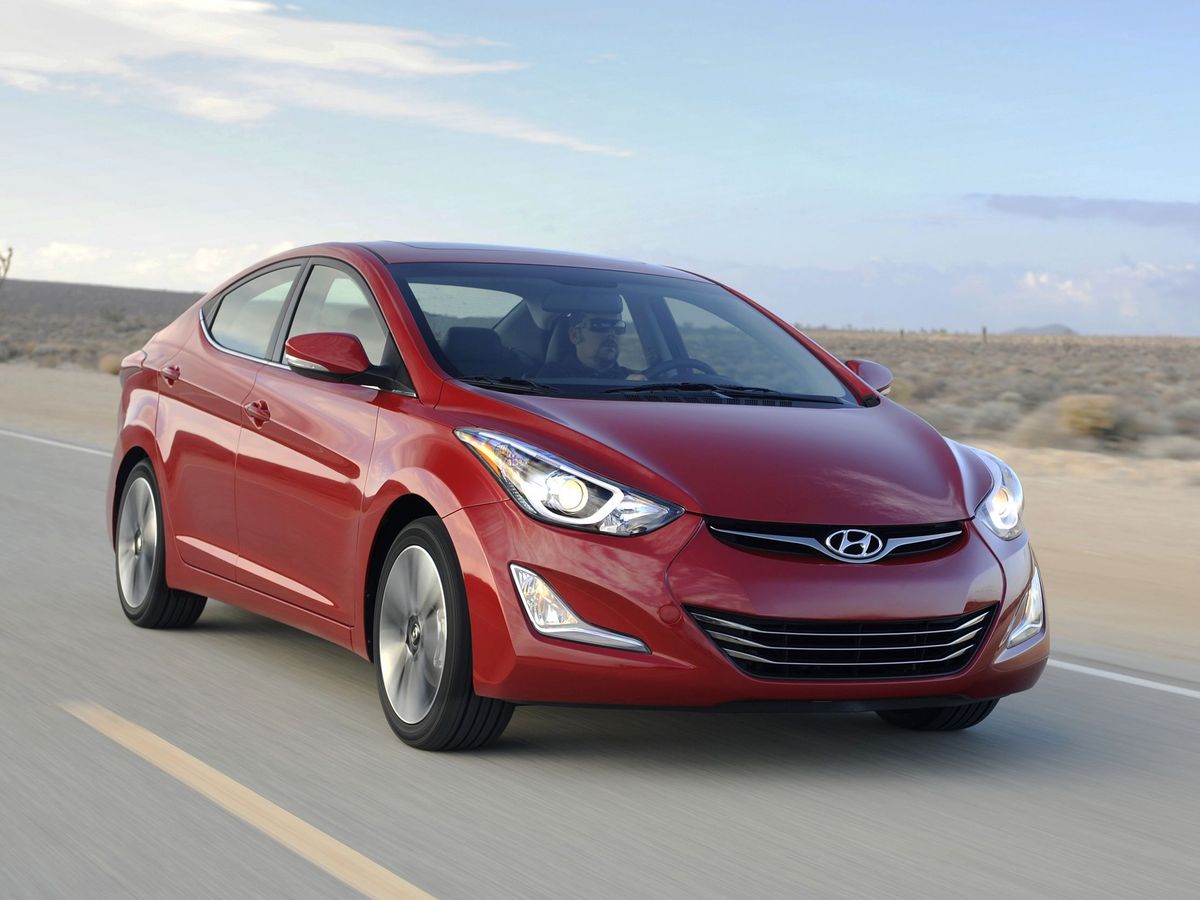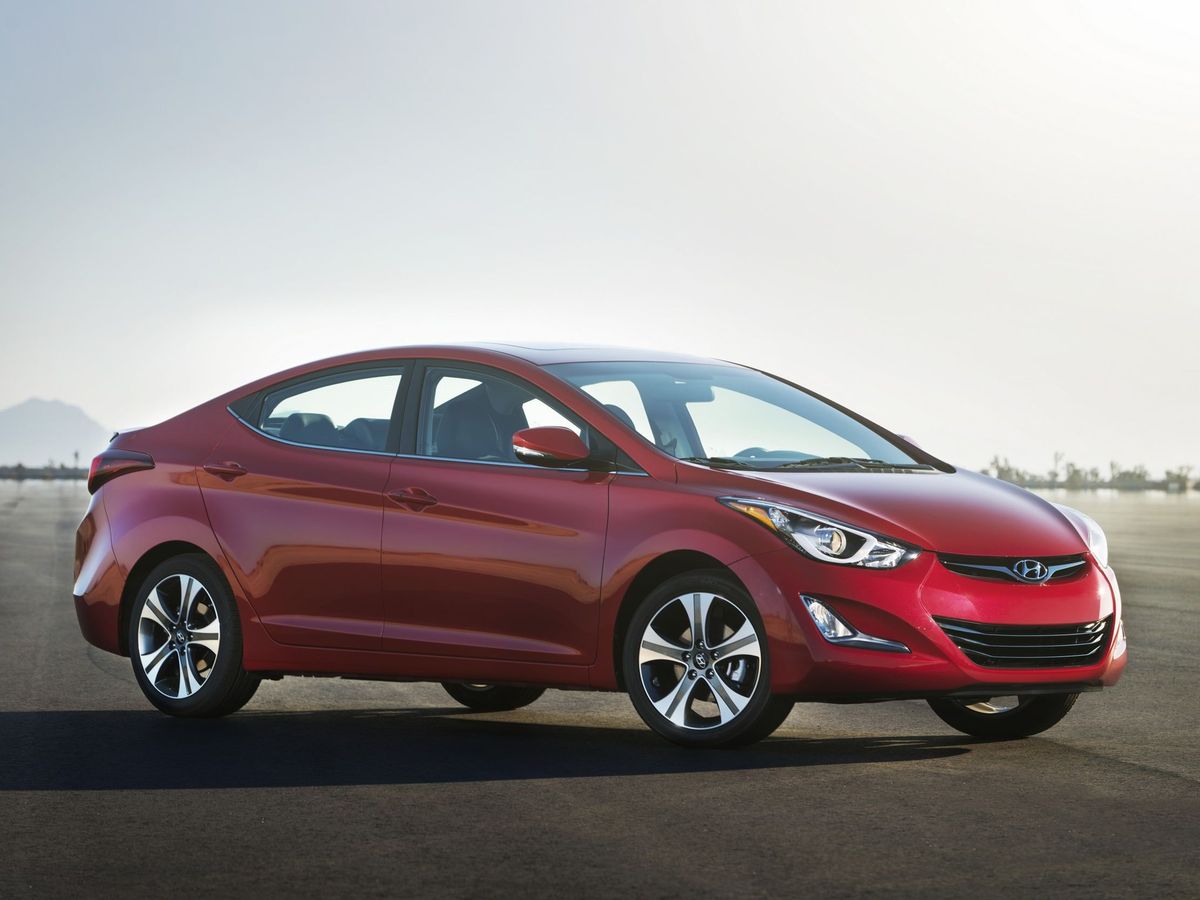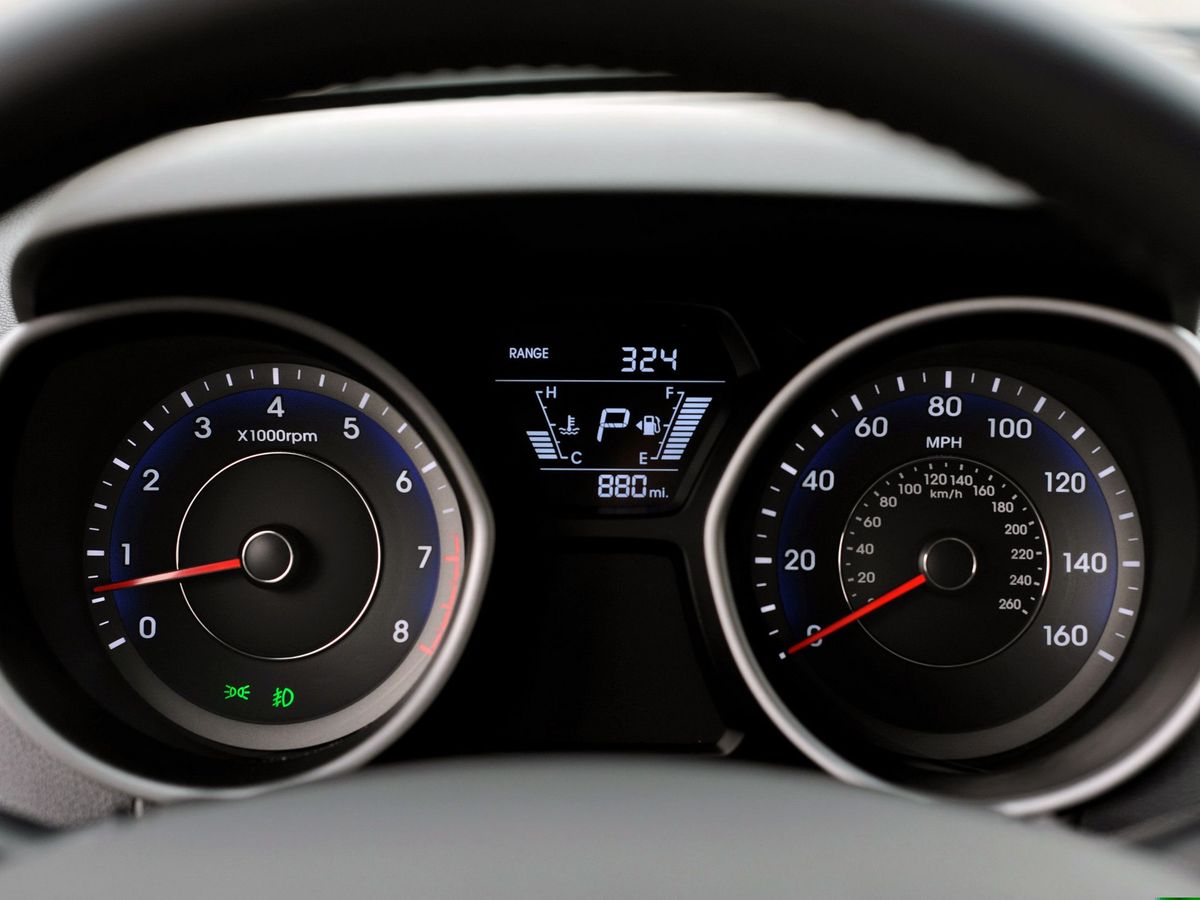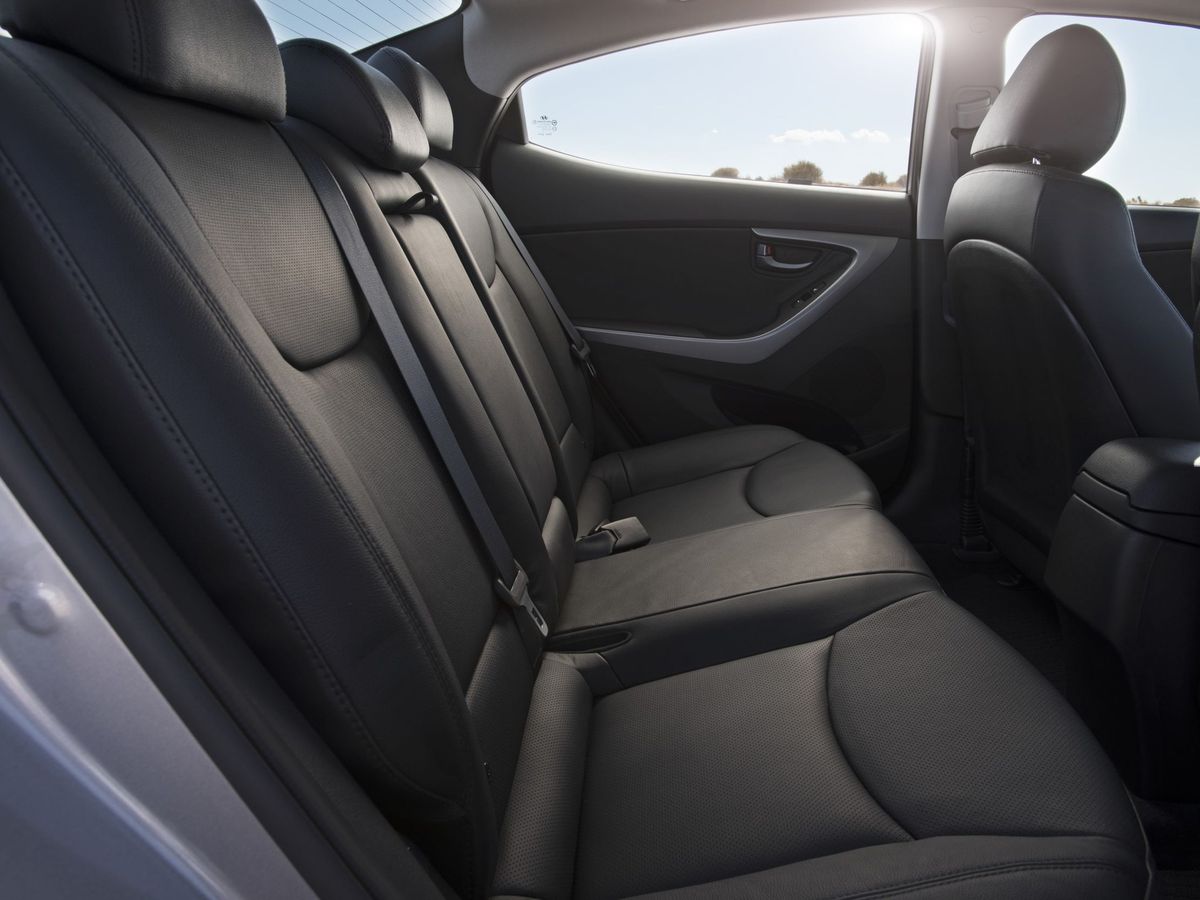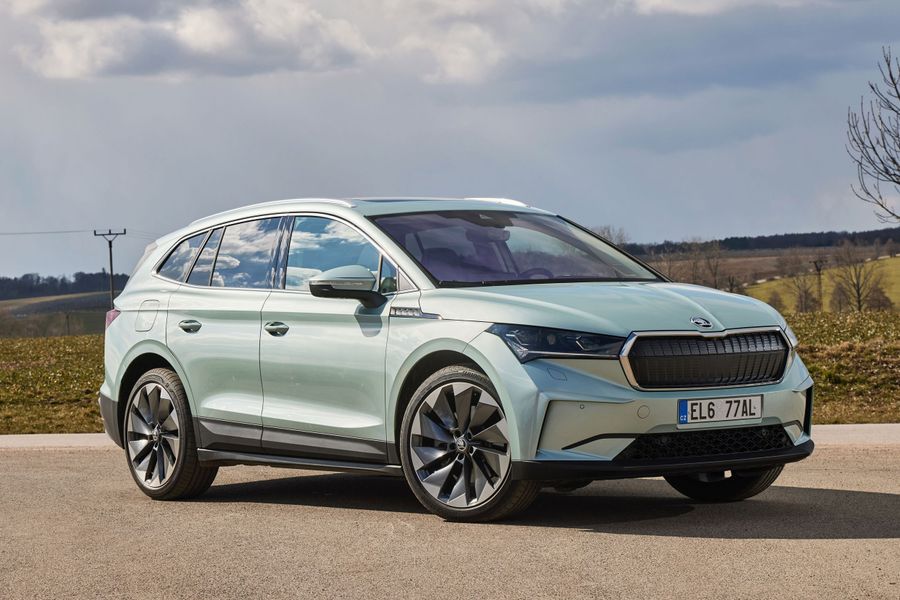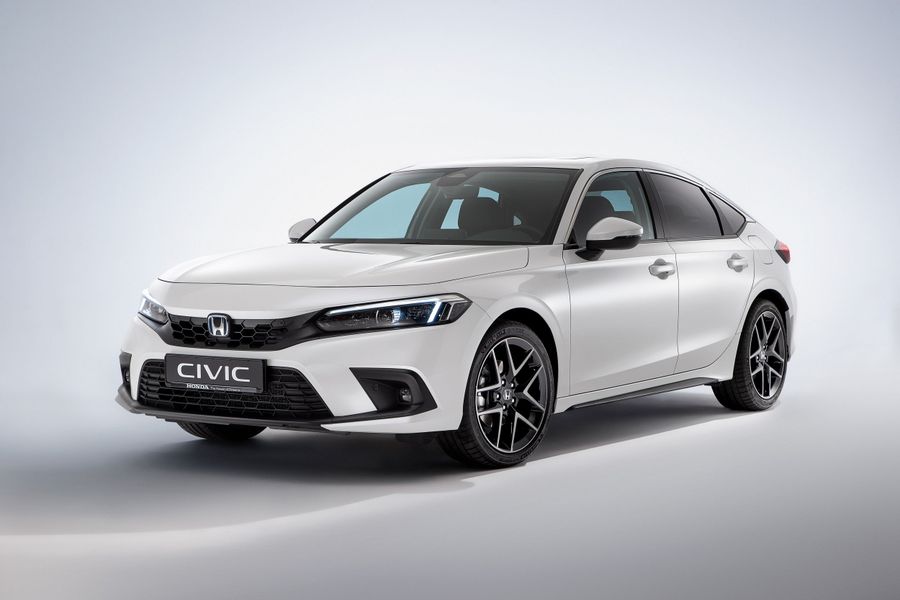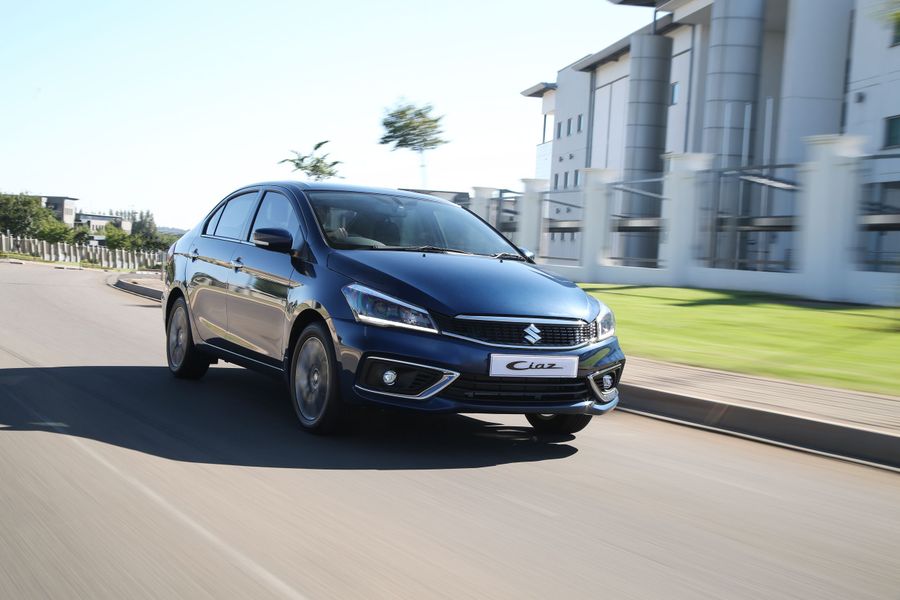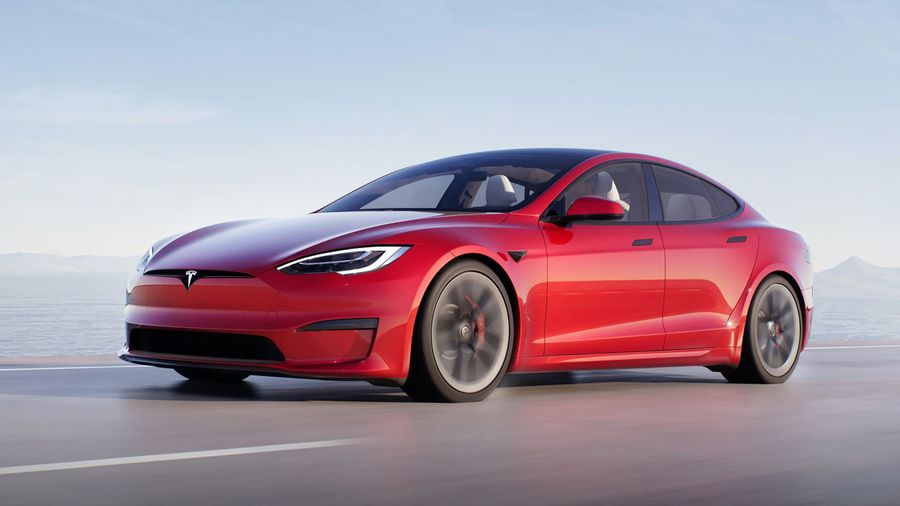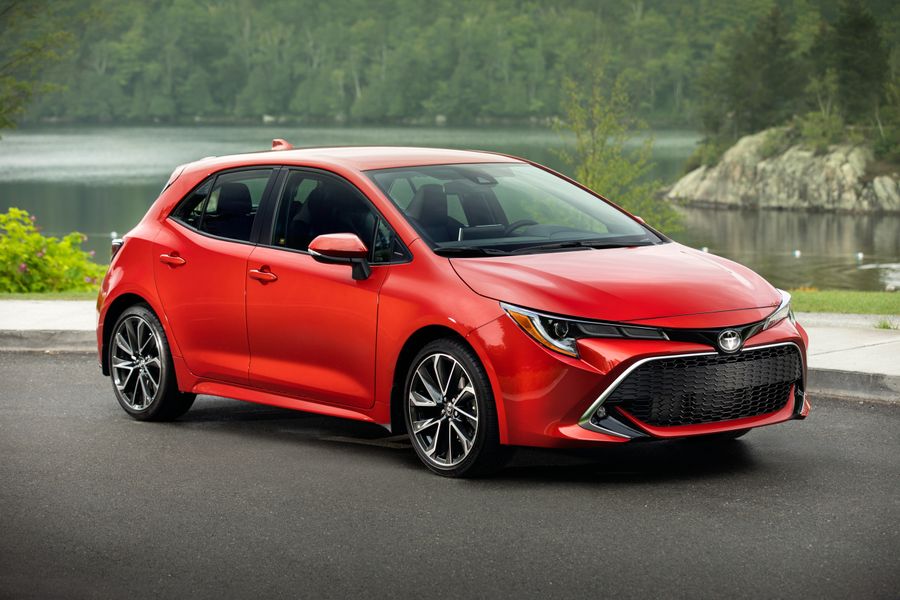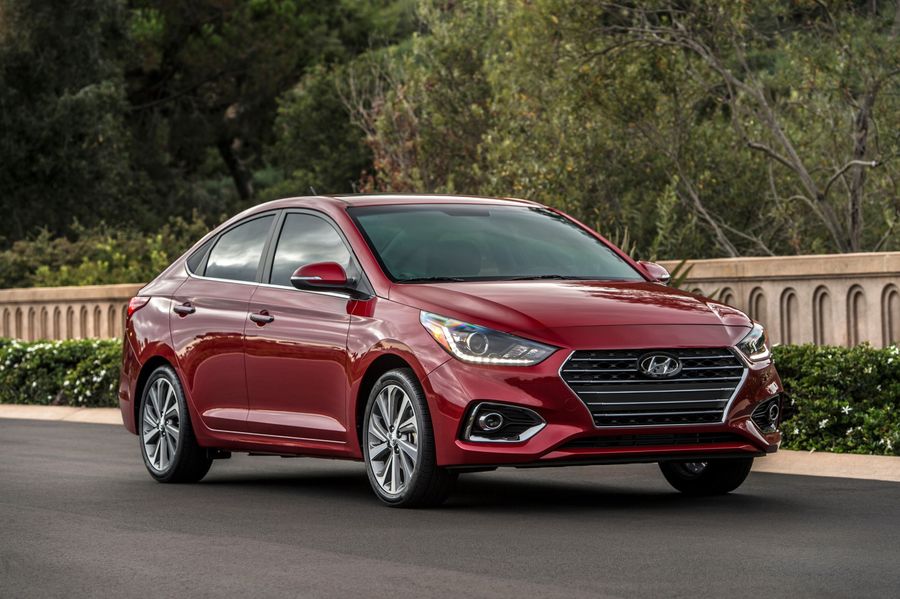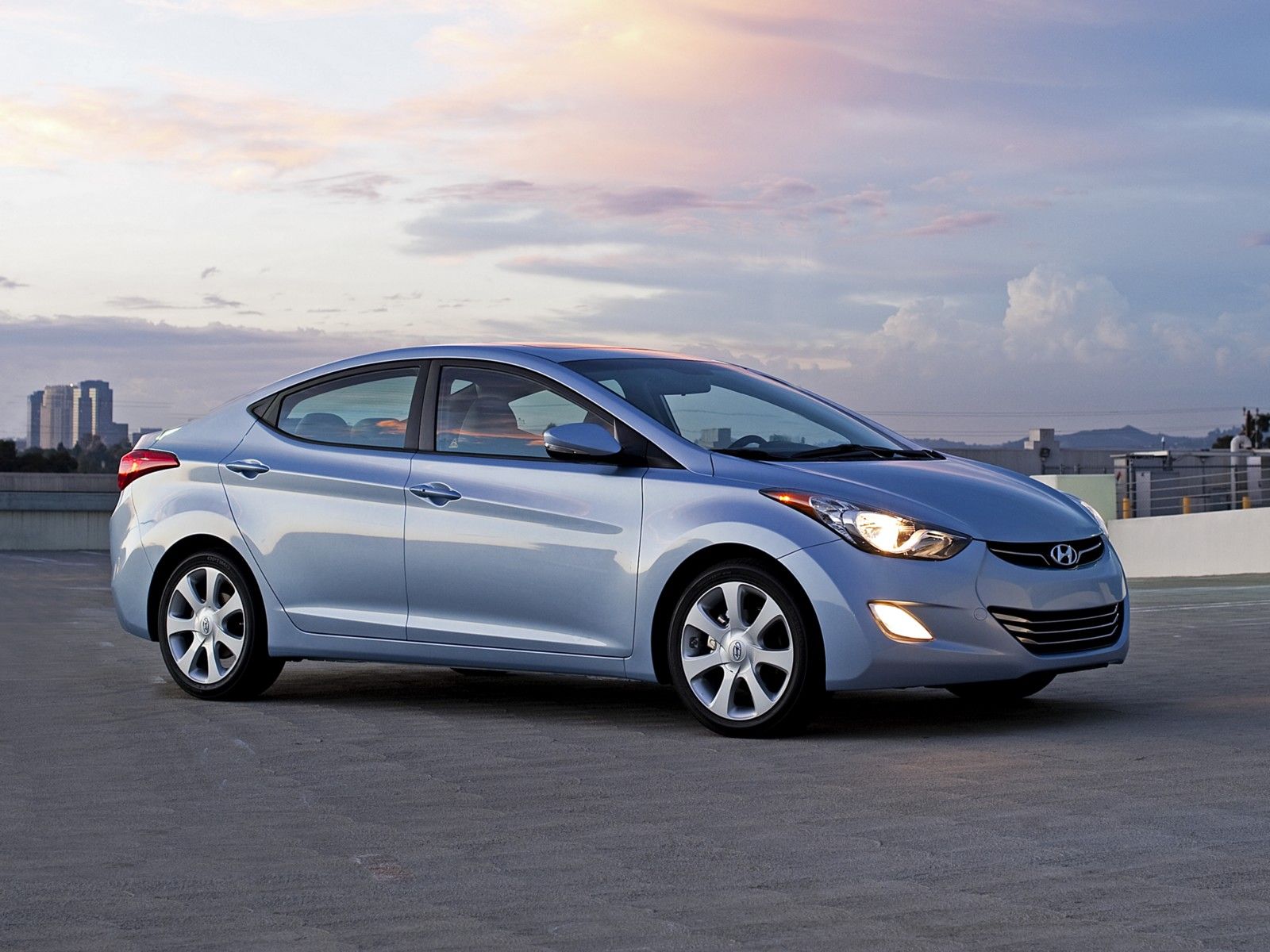
Hyundai i35. A perfect balance according to Hyundai
The fifth-generation Hyundai i35, aka Hyundai Elantra, Hyundai Avante, or Lantra, wasn’t the most eye-catching or the fastest, most fuel-efficient, or best-looking. The secret of success lies in the optimal combination of all these qualities and its image in the eyes of customers. So it’s kind of a perfect balance according to Hyundai. Popularity has also been influenced by price, as it’s hard to find a better family car at this price. Not without reason, the model was named North American Car of the Year 2012 at the Detroit Auto Show, ahead of Ford Focus and Volkswagen Passat.
Released in 2015, the sixth generation car began to be sold in Israel under the name Elantra. And in 2020, the manufacturer presented the seventh generation.
The Hyundai i35 started to be delivered to Israel in 2010, the car was restyled in 2013. The i35 was for those who wanted to have a cooler car than the humble Hyundai i30 but still could not afford an E segment car. The car was somewhere between the family class and the executive class and became one of the best-selling cars in Israel.
Exterior
The sedan looks rather aggressive with its design in the corporate ‘liquid sculpture’ style. The bodywork is very aerodynamic and energetic. The sporty character is underlined by sharp edges on the hood and the raised sidewalls. And the special ‘face’, sculpted like the muzzle of the Hyundai Solaris, is recognizable thanks to the elongated headlights and the grille characteristic of the South Korean brand. The car was 4,530 mm long, 1,775 mm wide and 1,445 mm high. The wheelbase, equal to 2,700 mm, makes the passenger compartment more spacious.
Interior
The interior of the 2010–2013 Hyundai i35 became more attractive than the previous generation, and more comfortable: the driver’s seat is height-adjustable, while the steering column offers depth and height adjustments. Thanks to this, even a tall driver will be quite comfortable, and rear passengers will have enough legroom. However, the low roof limits headroom in the passenger compartment. The trunk volume is 485 liters. To increase this capacity, the backs of the rear seats can be folded forward, they fold in a 60/40 ratio.
Engines
The new 2010–2013 Hyundai i35 was sold with three engines: a 1.6-liter turbo direct injection engine with 132 hp. In addition, there were modifications with a 1.8-liter engine with a capacity of 150 hp. After restyling in 2013, a 2.0-liter version appeared. As for gearboxes, the manufacturer offers 6-speed automatic and manual options.
The sedan features a MacPherson-type suspension in the front and a semi-independent beam in the rear. The cheapness of manufacture and maintenance turns into unsophisticated maneuverability. The model has disc brakes, ventilated in the front. It is worth noting the new electric power steering.
2013 restyling
In 2013, the Hyundai i35 sedan and its versions for other markets were significantly updated. The main innovation, which did not reach Israel, was the Sport version with a more powerful 2.0-liter GDI engine. The car has a modified front end: due to a slightly updated grille, new fog lights and tinted taillights. The top-end modifications have received headlights with LED accents and LED taillights. In addition, the car has new wheels.
Inside, the ventilation deflectors have been moved, while the rear passengers now have air ducts. High-end versions include a leather-wrapped steering wheel. As for the trim levels, the entry-level one is already equipped with rear fog lamps, electric heated side mirrors, air conditioning and a six-speaker sound system. Among the electronic assistants are an anti-lock system, an electronic stability control system and a brake force distribution system. Rich versions offer front fog lamps, leather shift knob trim, air conditioning, side airbags and curtain airbags. Top-end models come with LED optics, engine start button, navigation system, reversing camera and 7-inch monitor.


